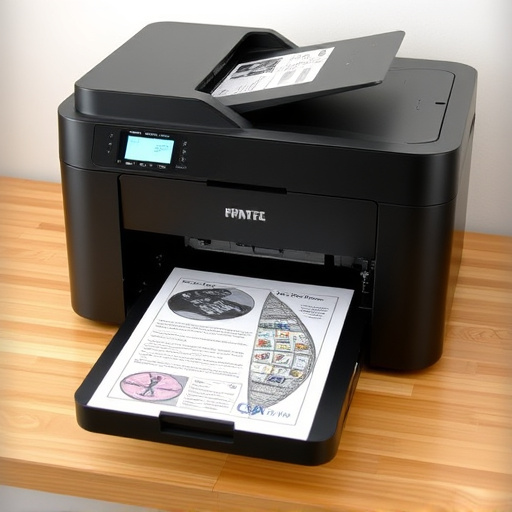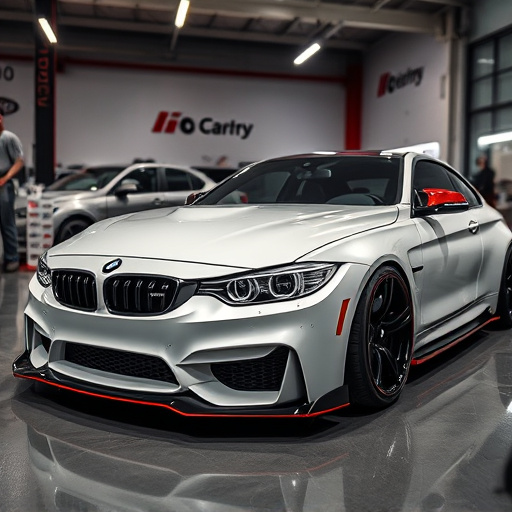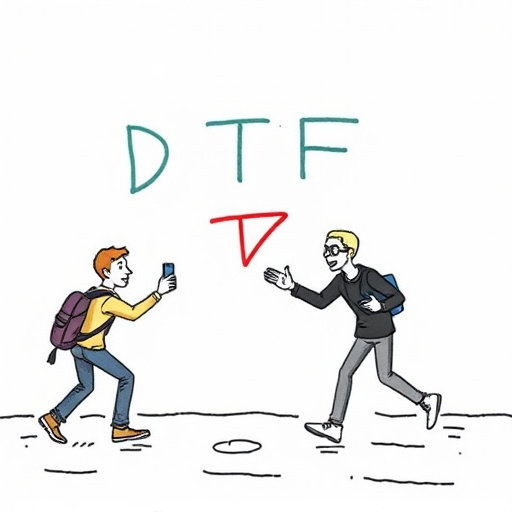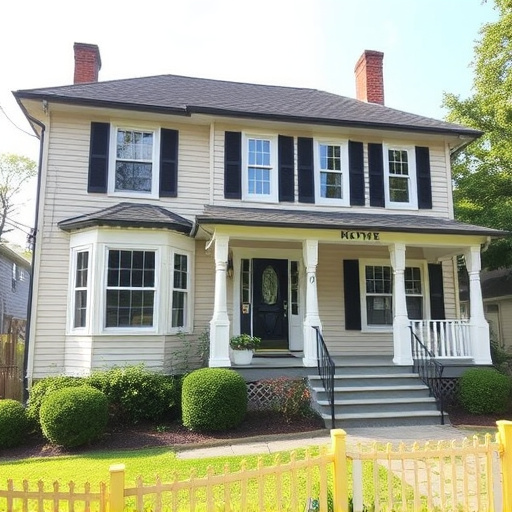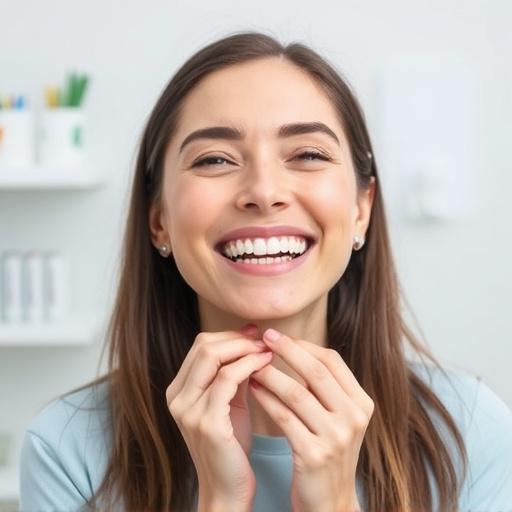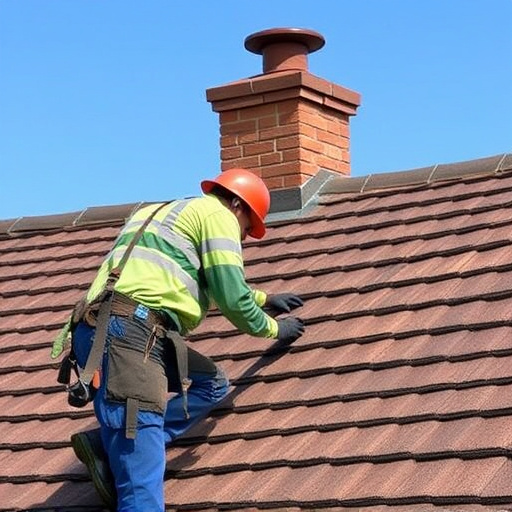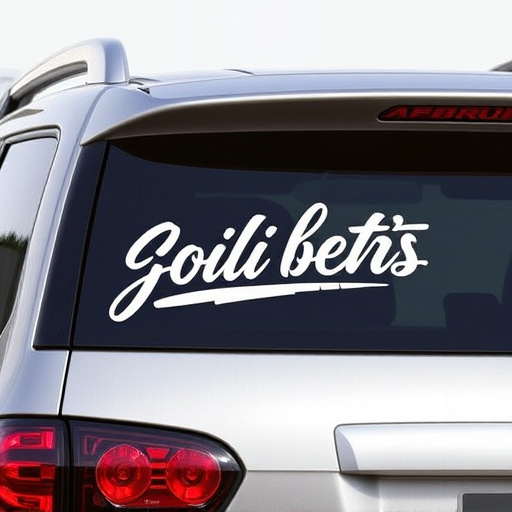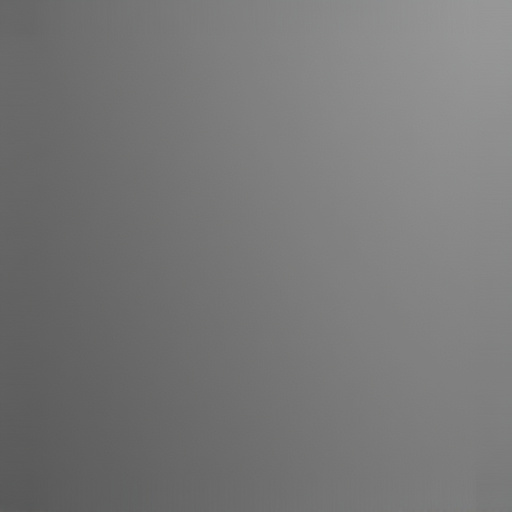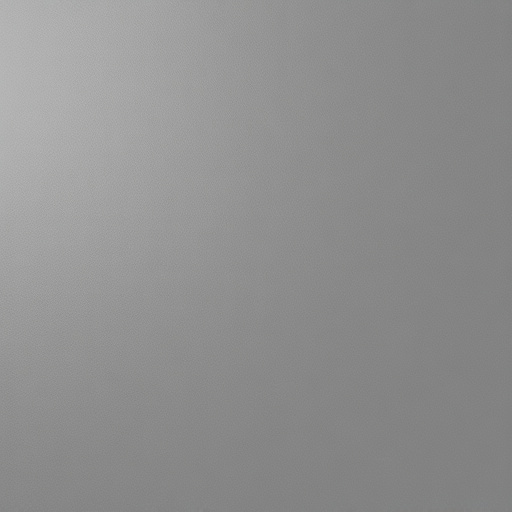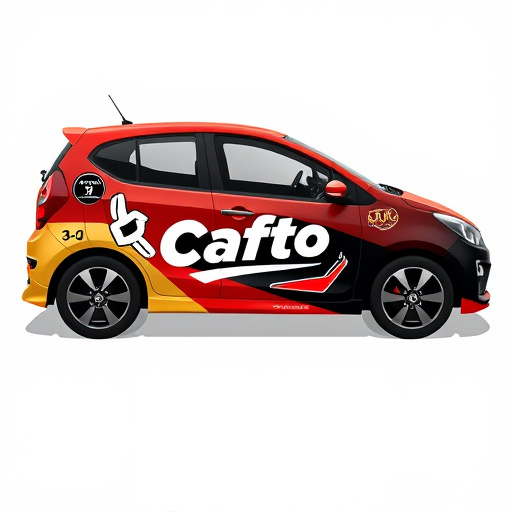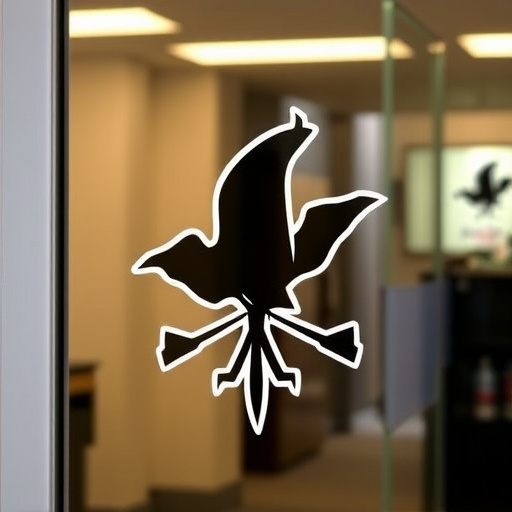Floor graphics applications have become a powerful tool for modern design, allowing businesses to transform spaces with custom patterns, logos, and illustrations on floors using materials like vinyl or epoxy coatings. Beyond aesthetics, these applications offer functional benefits such as wayfinding, branding, and interactive experiences, particularly in retail settings and automotive detailing. Strategic design elements combine with technical innovation to create visually appealing and durable floor graphics that enhance customer experiences, guide foot traffic, and foster unique branding opportunities.
In the realm of visual marketing, floor graphics applications have emerged as a powerful tool. From retail stores to public spaces, designing floors offers unique opportunities for brand engagement and wayfinding. This article delves into the intricacies of successful floor graphics design, covering fundamental concepts and benefits, essential design elements for impactful communication, and strategies to ensure longevity. Uncover how creative visuals on floors can enhance user experiences and drive business success in this comprehensive guide.
- Understanding Floor Graphics Applications: The Basics and Benefits
- Design Elements for Effective Visual Communication on Floors
- Strategies for Implementing Design to Ensure Long-Term Success
Understanding Floor Graphics Applications: The Basics and Benefits
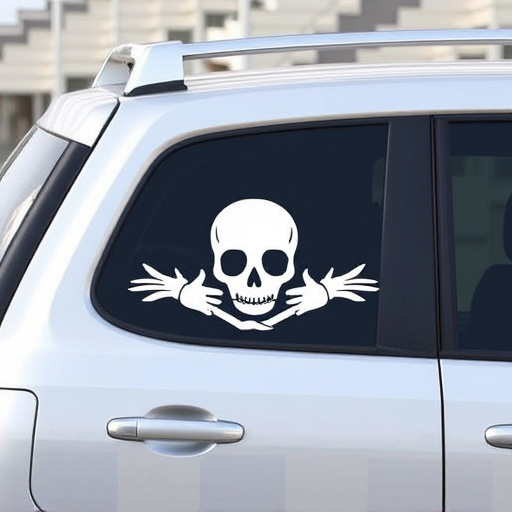
Floor graphics applications have become an integral part of modern design, offering a versatile and eye-catching medium for businesses to enhance their spaces. These applications involve the strategic placement of visually appealing graphics directly on floors, providing both aesthetic and functional benefits. By utilizing floor graphics, brands can transform ordinary surfaces into dynamic marketing tools, engaging customers and conveying messages effectively.
The basics include designing custom patterns, logos, or illustrations that are then printed onto suitable materials, such as vinyl or epoxy coatings. The key advantage lies in their versatility; they can be used for wayfinding, branding, product promotions, or even creating interactive experiences. For instance, in retail settings, floor graphics can guide customers through stores, highlight specific products, or offer augmented reality experiences, enhancing the overall shopping journey. This technology is not limited to commercial spaces; it also finds application in automotive detailing, with heat rejection window tinting providing both style and functionality.
Design Elements for Effective Visual Communication on Floors
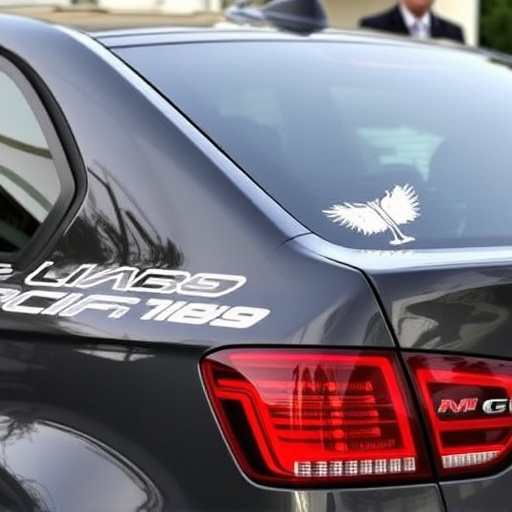
Effective visual communication on floors relies heavily on strategic design elements that cater to both esthetics and functionality. Firstly, consider the use of contrasting colors and clear, defined shapes to ensure messages are easily readable from various distances and perspectives. This is particularly crucial in high-traffic areas where quick comprehension is essential for safety and wayfinding. For instance, using bright, vibrant hues for important signs or instructions can instantly draw attention, making them more effective than subtler shades.
Incorporating protective coatings that enhance durability and scratch resistance is also a key design consideration for floor graphics applications. These coatings not only safeguard the integrity of custom graphics but also contribute to longer-lasting visual impact. Moreover, window tinting techniques can be leveraged to create intricate designs while still allowing light penetration, adding depth and dimension to floor visuals without obstructing visibility. This blend of technical innovation and creative design ensures that floor graphics applications are both visually appealing and practical solutions for various environments.
Strategies for Implementing Design to Ensure Long-Term Success

